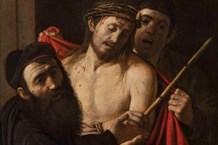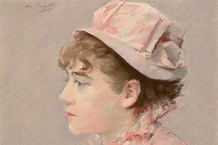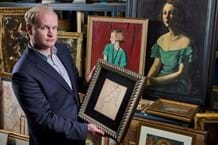At the heart of the dispute between the owners of Castle Howard and HM Revenue & Customs was whether the 1776 portrait could be deemed a 'wasting asset' by qualifying as business 'plant'* and therefore be exempt from capital gains tax following its £9.4m sale in 2001.
The executors of Lord Howard of Henderskelfe put their case successfully first in the High Court and then, when HMRC appealed, in the Court of Appeal. The executors argued that since the portrait formed an integral part of the Castle Howard estate in that it was a primary attraction for visitors, and was part of the apparatus used by a trading company, it qualified as 'plant' under the Taxation of Chargeable Gains Act 1992.
A point of hot dispute between the executors and HMRC centred on the painting's ownership.
Omai Agreement
As ATG legal columnist Milton Silverman and his colleague Michael Lindley explained when analysing the case a year ago in ATG No 2085, there was a longstanding but informal agreement between Lord Howard, who owned the estate, and the company that ran the estate, Castle Howard Estate.
Lord Howard permitted the use of his works of art, including Omai, for exhibition at the castle and, in return, the company would bear the costs of insuring, maintaining, restoring and the security of the works. The arrangement continued after Lord Howard's death in 1984.
HMRC argued that in order for the painting to be considered 'plant', it would have to have been used as such by its owner, i.e. Lord Howard or his heirs in their business, not simply by the separate business, Castle Howard Estate. Not so, said the executors. Under the terms of the Act, they argued, it was not a necessary condition that the owner of the object had to employ the object in their own trade, just that the object had to have been used in the course of trade.
The judges agreed.
Lord Justice Briggs, sitting with two fellow Court of Appeal judges, explained that while the ruling might seem surprising to some, it was the result of definitions under the law targeted at one area having an unintended but unavoidable consequence on another.
Analysis
Calling the ruling "a poke in the eye for the Inland Revenue", Mr Silverman told ATG: "This was a highly technical case and will certainly raise some eyebrows.
"It's continuing good news if you are landed gentry with masterpieces worth tens of millions of pounds, cash poor and asset rich.
"As this painting is thought by many to be Sir Joshua Reynolds' greatest masterpiece, some may think describing it as a 'wasting asset' is rather curious, if not insulting. However, this was the Court of Appeal, not a National Museum. Such is the power of statute - to defy common sense."
* Section 44(1)(C) states: plant and machinery shall in every case be regarded as having a predictable life of less than 50 years, and in estimating that life it shall be assumed that its life will end when it is finally put out of use as being unfit for further use, and that it is going to be used in the normal manner and to the normal extent and is going to be so used throughout its life as so estimated.





